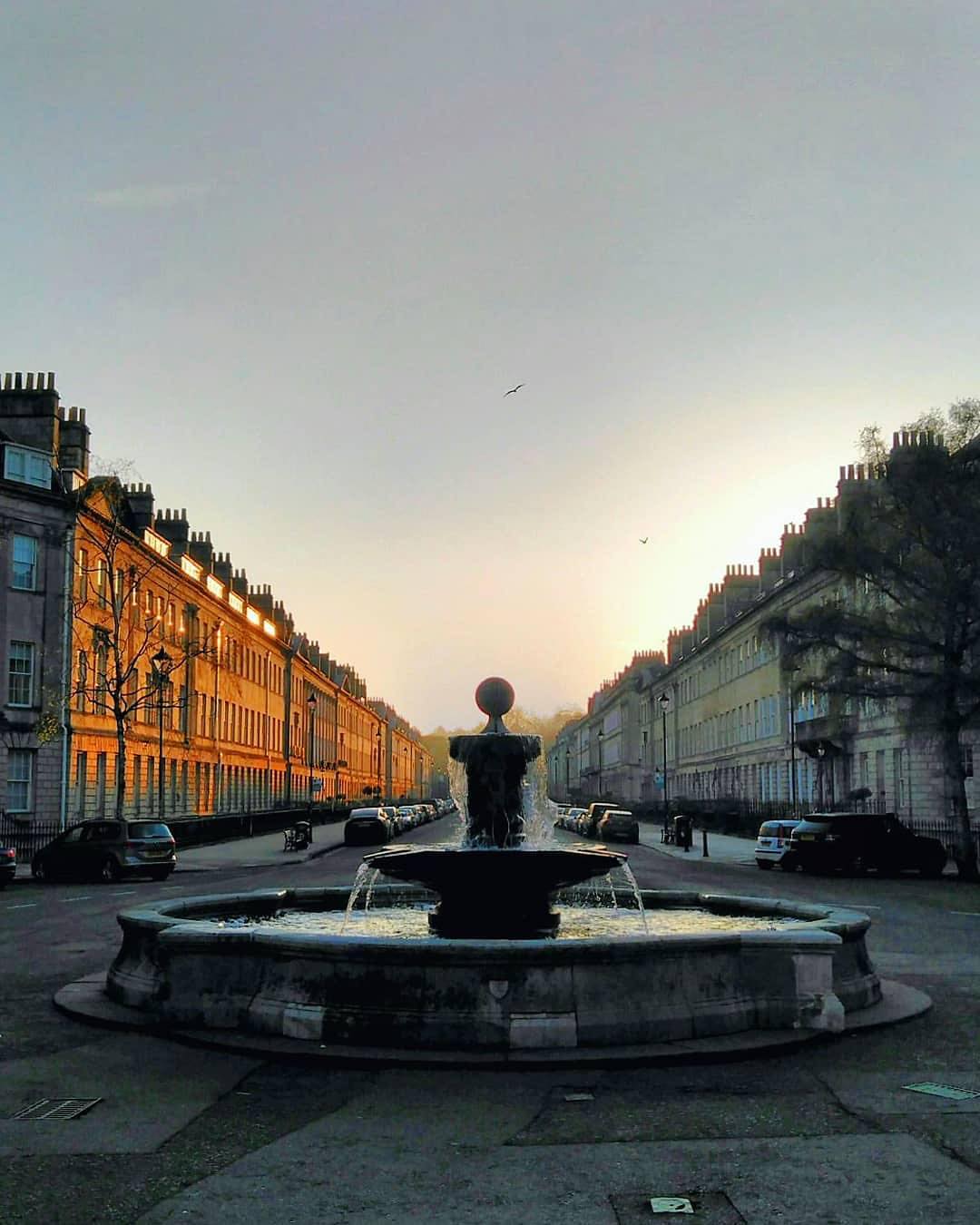SPA TOWNS
EUROPEAN COUNTRIES
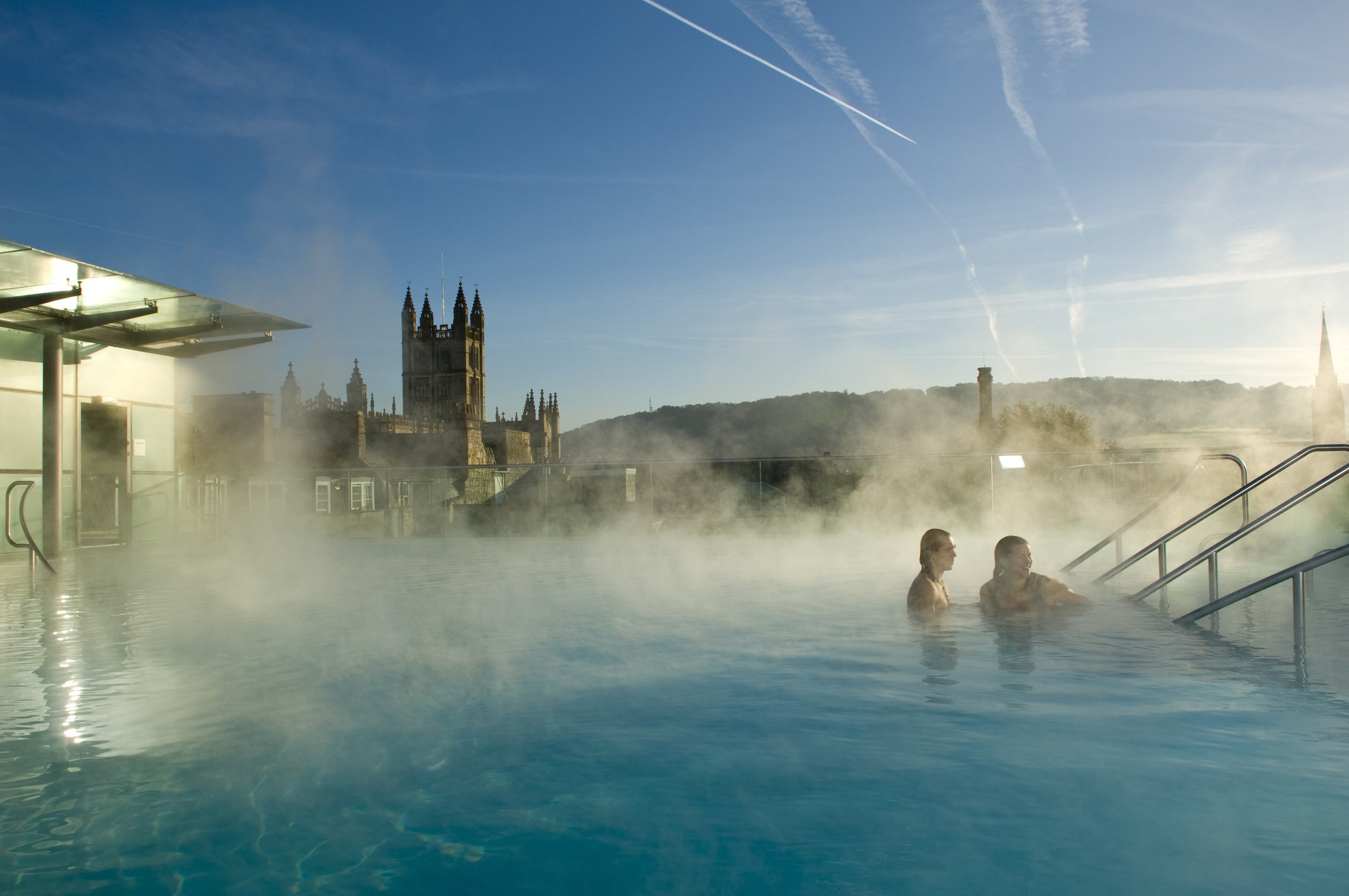
CITY OF BATH, UNITED KINGDOM
Bath has been a place of healing for over two thousand years. The Roman Baths, drawing upon the three Hot Springs, were followed by the monastic infirmary and medieval hospitals.
Visitor attractions including promenades, pleasure grounds and assembly rooms were built. Bath is the deliberate creation of a utopian city, bringing open-countryside right into the heart of the urban area. The surrounding countryside is also of exceptional quality and provided visitors with exercise through walks and rides.
Today there is a high degree of survival of the authentic historic fabric, a continuing cultural tradition of wellbeing. Bath remains a thriving, beautiful and elegant spa city.
The City of Bath is the UK’s first dually nominated UNESCO World Heritage Site, joining cities like Bruges and Barcelona with the accolade.
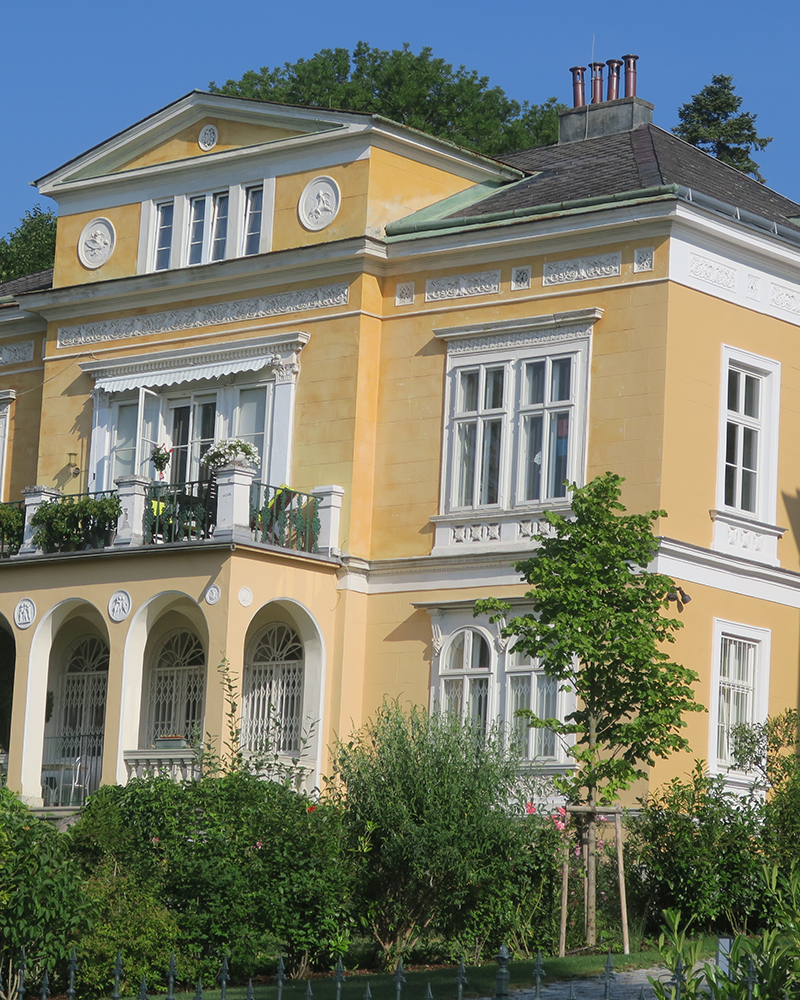
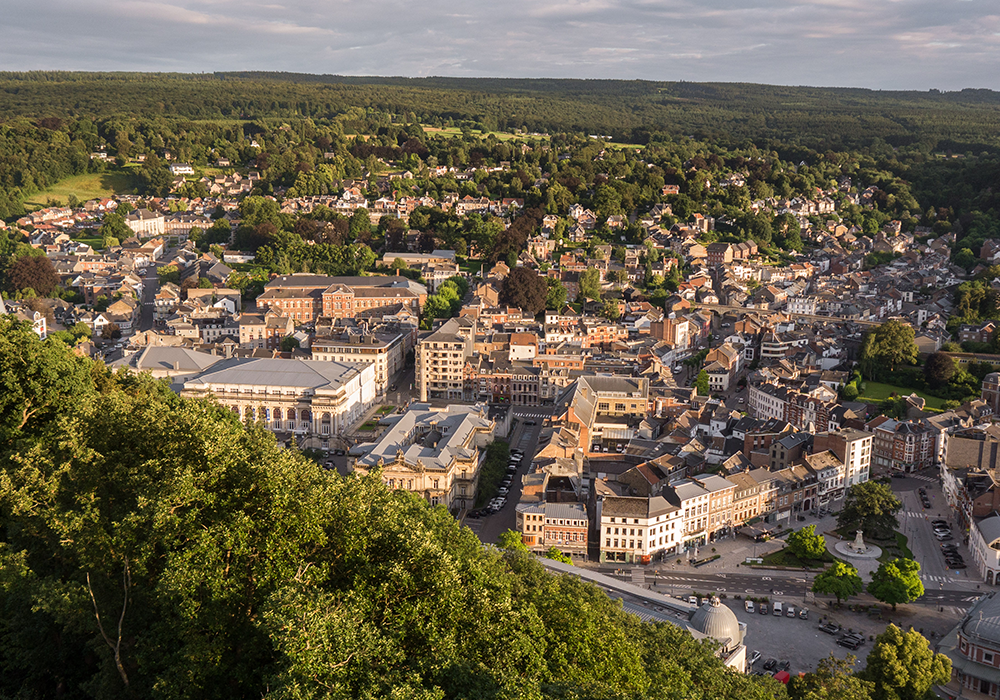
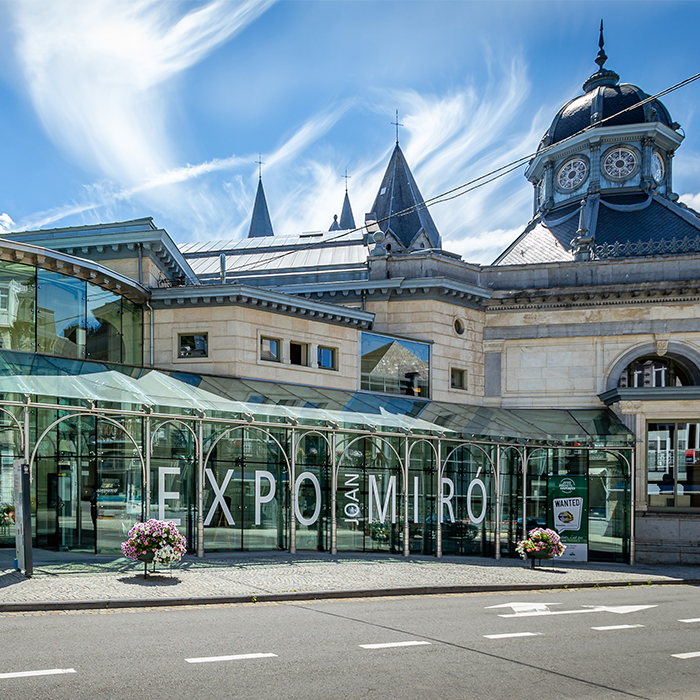
SPA, BELGIUM
Although the name Spa comes from the Latin sparsa fontana (gushing fountain) and was already known in the first century A.D., it was in the 18th century that Spa acquired its international reputation to the point where today its name is used as a generic description for fitness centres and baths. The reputation of its water is such that it has been exported since the end of the 16th century, but it was in the 18th century that medical prescriptions for the cure were combined with entertainment, relaxation and excursions.
After Tsar Peter the Great took the cure in 1717, the town became the fashionable rendezvous for European aristocracy, increasingly drawn to it by the elitist entertainment that could be found there. It was at this time that Spa was nicknamed the “cafe of Europe”.
VICHY, FRANCE
Located in Bourbonnais, on the banks of the river Allier, the waters of Vichy have been in use since Antiquity.
They birthed a thermal town which from the 16th to 18th century that would serve as a model in terms of its urban organisation (roads radiating from the station towards the baths and parks) and its prestigious architecture. Napoleon III furthered its development as a holiday destination with the theatre and casino.






BAD EMS, GERMANY
The Thermal springs and a picturesque natural setting associated associated with this site, known to the Romans and placed on the Upper German-Raetian Limes frontier, have held a high profile throughout history.
Bad Ems is characterized by its early heyday and socio-political, historical significance, but in particular and preserved to this day, by its consistent urban closeness, its integrity of classical spa structures and its visually undisturbed embedment into the surrounding landscape. The rise of Bad Ems to a prosperous spa town can be seen in individual, well preserved buildings that date from the end of the 17th century.
.
BAD KISSINGEN, GERMANY
Bad Kissingen is situated on banks of the Fränkische Saale, a river whose name makes reference to salty water. Documented evidence of salt production at the site dates back to the year 823. Health spas using mineral spring water were first established in the Early Modern period, then reached an initial high point in the Baroque.
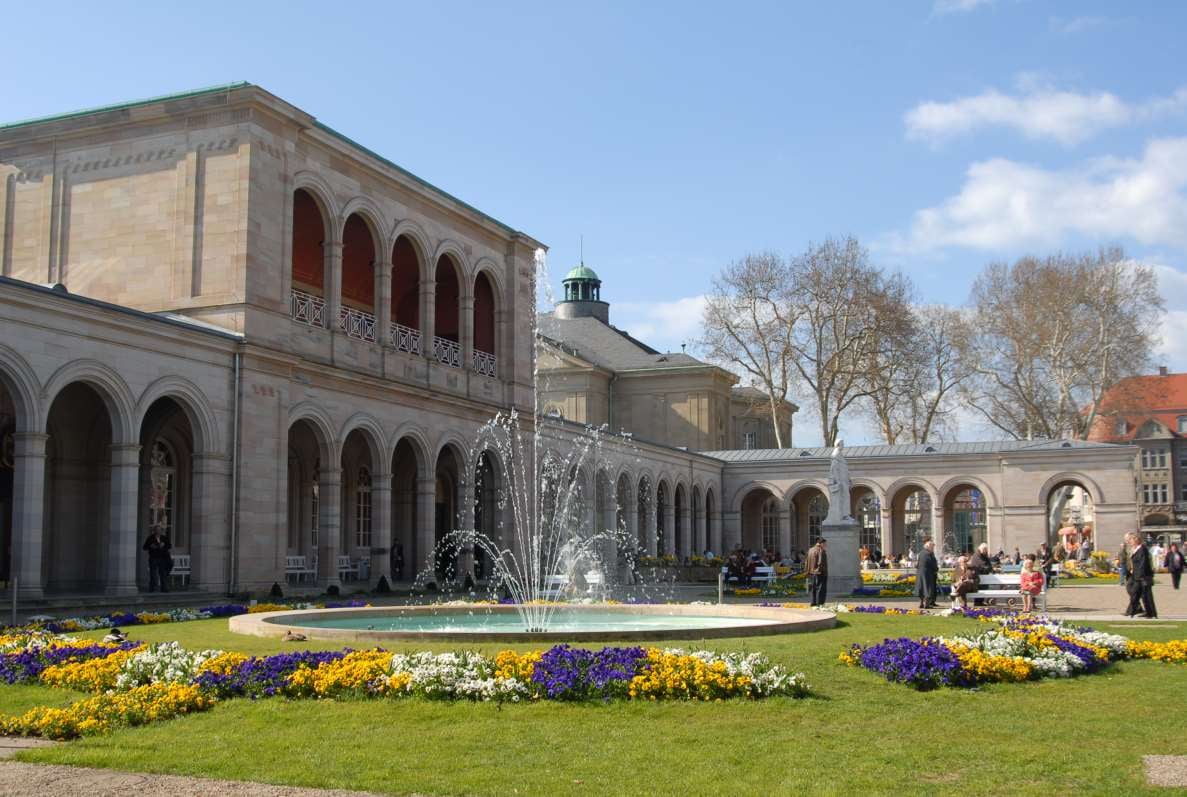
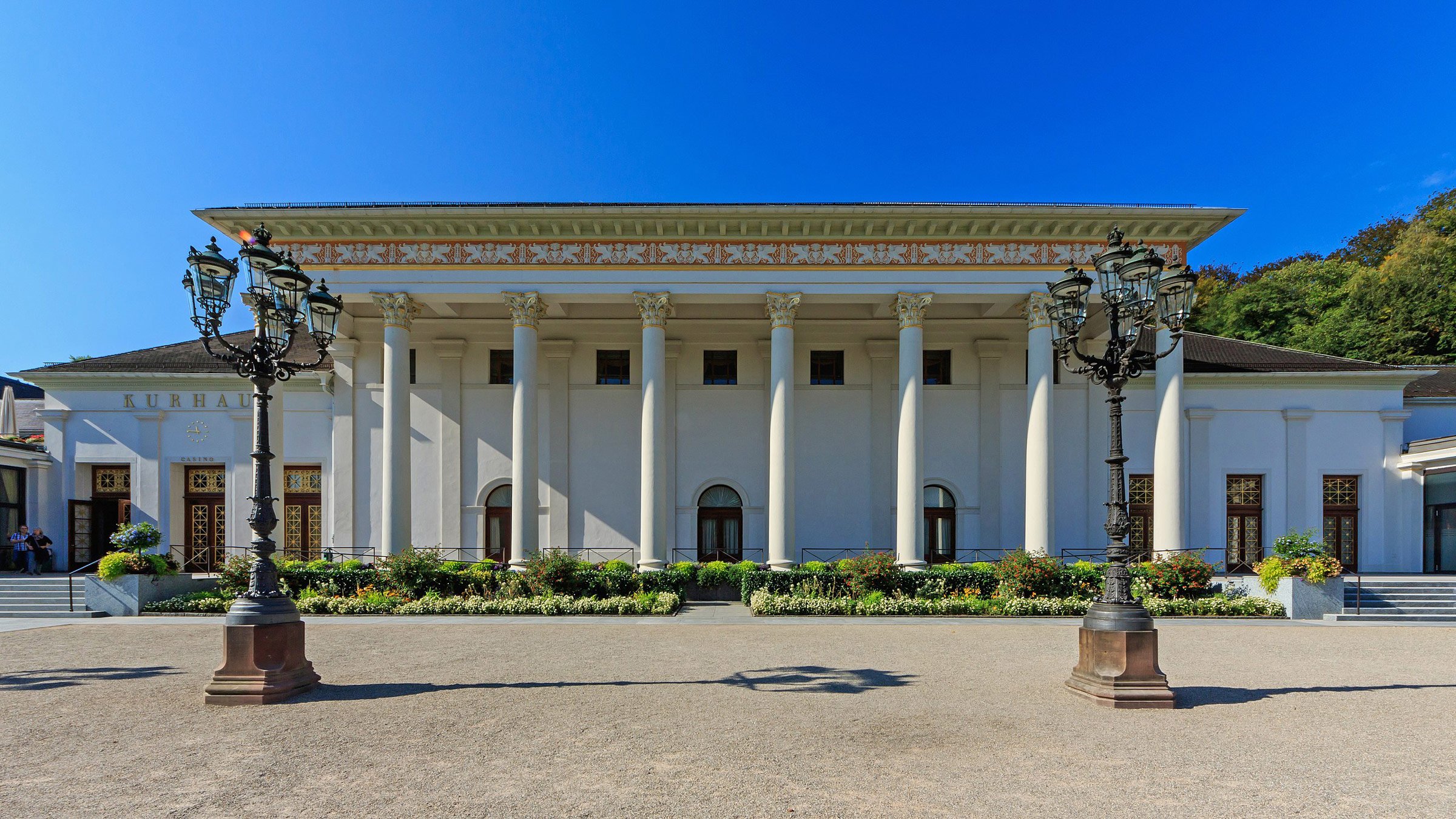
BADEN BADEN, GERMANY
Baden Baden, situated on the western outskirts of the Black Forest, is without any doubt one of the most important spa centre in Europe, whose name is a symbolic bearer of the subject matter of the series. Bathing in Baden-Baden is a tradition dating back to Roman Antiquity. It was founded in 80 AD by the Romans in the place of a former Celtic settlement and named Civitas Aurelia Aquaensis
MONTECATINI TERME, ITALY
One of the most famous and sophisticated Italian spas is Montecatini Terme, is located in the Tuscany Region. The springs in this region had been known about since the Middle Ages, and were first owned by the Medicis and then the Habsburgs of Tuscany.
In fact, it was the Archduke Leopold I of Tuscany (Pietro Leopoldo) who began to use the sulphuric springs more frequently during the late 18th century, thereby inciting the general development of the little town beneath the hill, as a new spa town.
Officially, the origin of the spa dates back to 1773. But the spa still has the atmosphere of the beginning of the 20th century, i.e., the era of its greatest boom, when most of the buildings there were built – the baths, casinos, theatres, hotels, and private houses.






KARLOVY VARY, CZECH REPUBLIC
Karlovy Vary (Karlsbad) is the biggest spa town in the Czech Republic with a high concentration of thermal springs. The concentration of architectural wealth makes it the largest spa complex in Europe. Karlovy Vary represents a spa town founded in the Middle Ages (and bears the name of Roman Emperor Charles IV), where the spa functions and activities connected with mineral springs dominated during its development.
MARIÁNSKÉ LÁZNĚ, CZECH REPUBLIC
Mariánské Lázně (Marienbad) ranks among one of the most spacious spa towns in Europe. The town was founded in the period of Classicism at the beginning of the 19th century. Its authors turned the surrounding unpleasant swampy valley into a charming town of parks with Classicist and Empire houses, gloriettes, pavilions and colonnades.
The core of the spa town is a central park with the Spa Colonnade in the wider part of the forested valley. Spa and living buildings encircle this central park and rise to the hills and throughout the valley.






FRANTIŠKOVY LÁZNĚ, CZECH REPUBLIC
Františkovy Lázně (Franzensbad) of the most significant and well preserved spa towns in Europe The spa town was founded in 1793 in the proximity of a great number of acidulous springs and it was named in honour of Emperor Franz II of Austria.
Local healing springs have been known to exist here since the Middle Ages. Although the spa town was established similarly to Mariánské Lázně in the Classicist period, Františkovy Lázně represents a different concept of urban composition. The spa town centre is founded on a square ground plan with a parallel network of streets and is characterized by a high concentration of Classicist, Empire and Historicism houses.
To be included on the World Heritage List, sites must be of outstanding universal value and meet at least one of UNESCO’s ten selection criteria.
CRITERIA MET
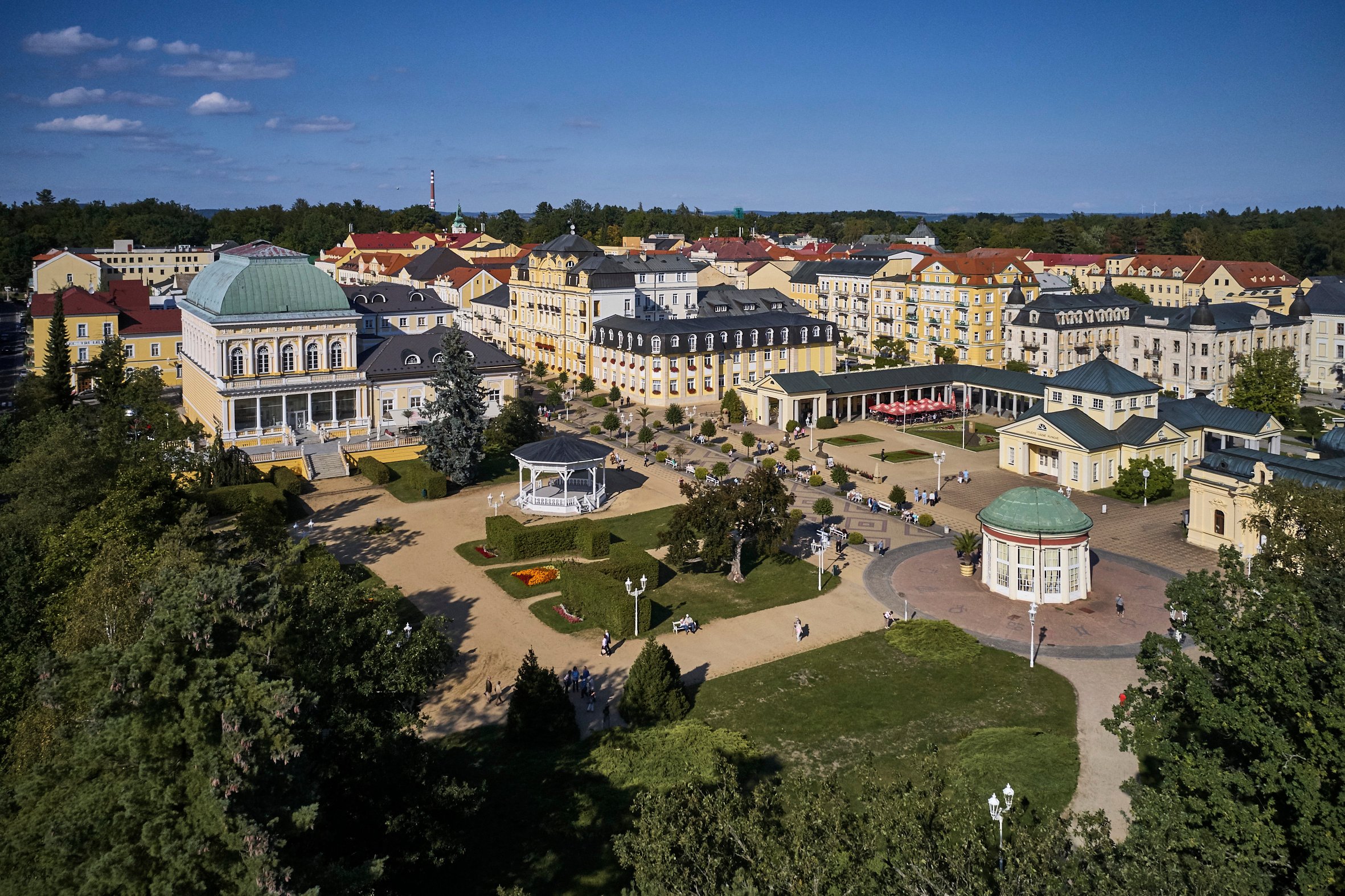
ii) To exhibit an important interchange of human values
Through their pioneering urban planning and architectural prototypes, the property profoundly influenced the physical development of European towns between the 18th and 20th centuries. Similarly, the flow of ideas between the Spa towns contributed to developments in science, medicine and art.
iii) To bear a unique or at least exceptional testimony to a cultural tradition or civilization
The series of properties bear testimony to a holistic attitude to health that developed around spas. ‘Taking the cure’ comprised not just diagnoses and prescription, but diet and exercise, entertainment, leisure and pleasure. They are a microcosm of Enlightenment values and a culture in its own right.
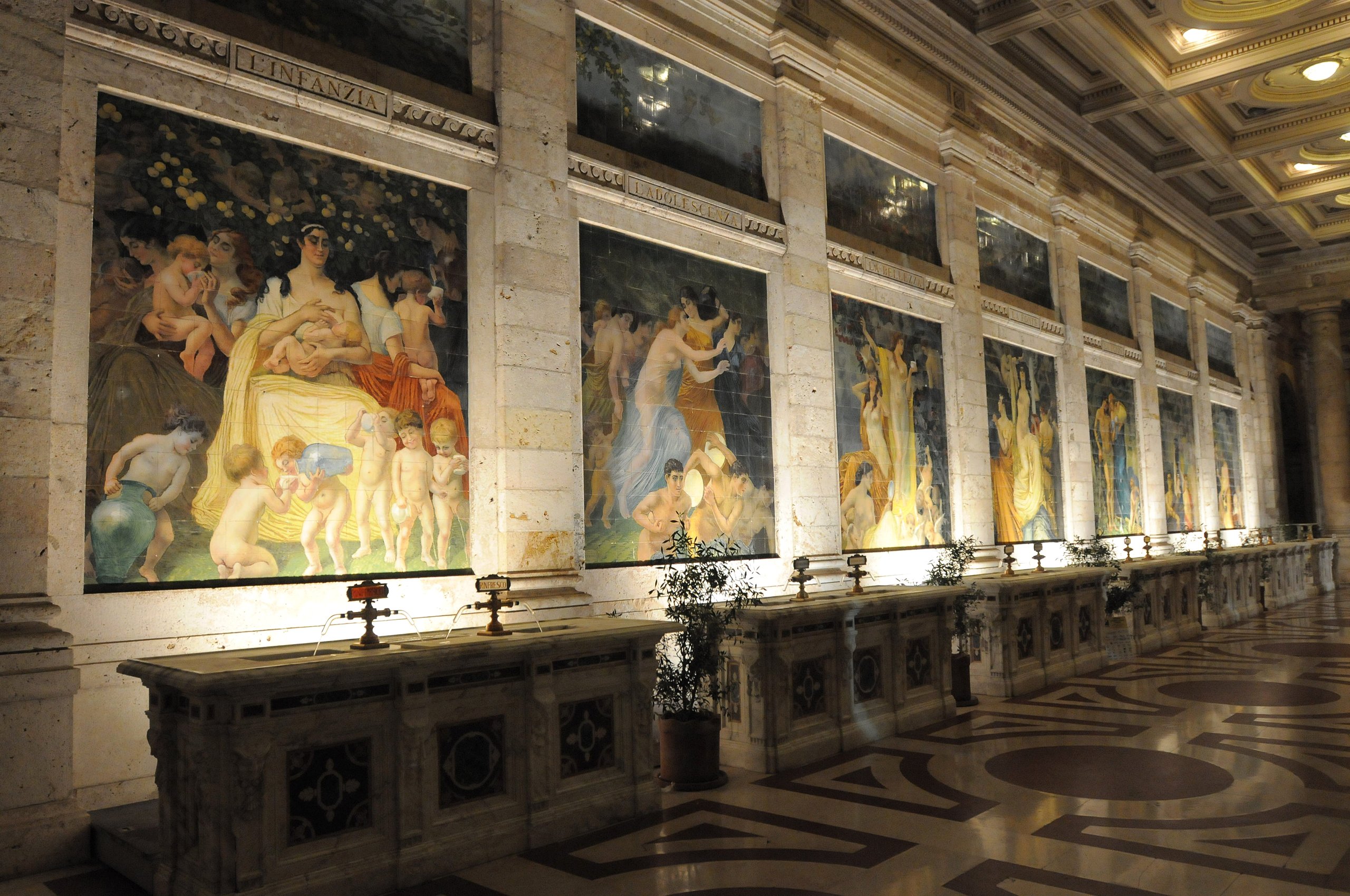
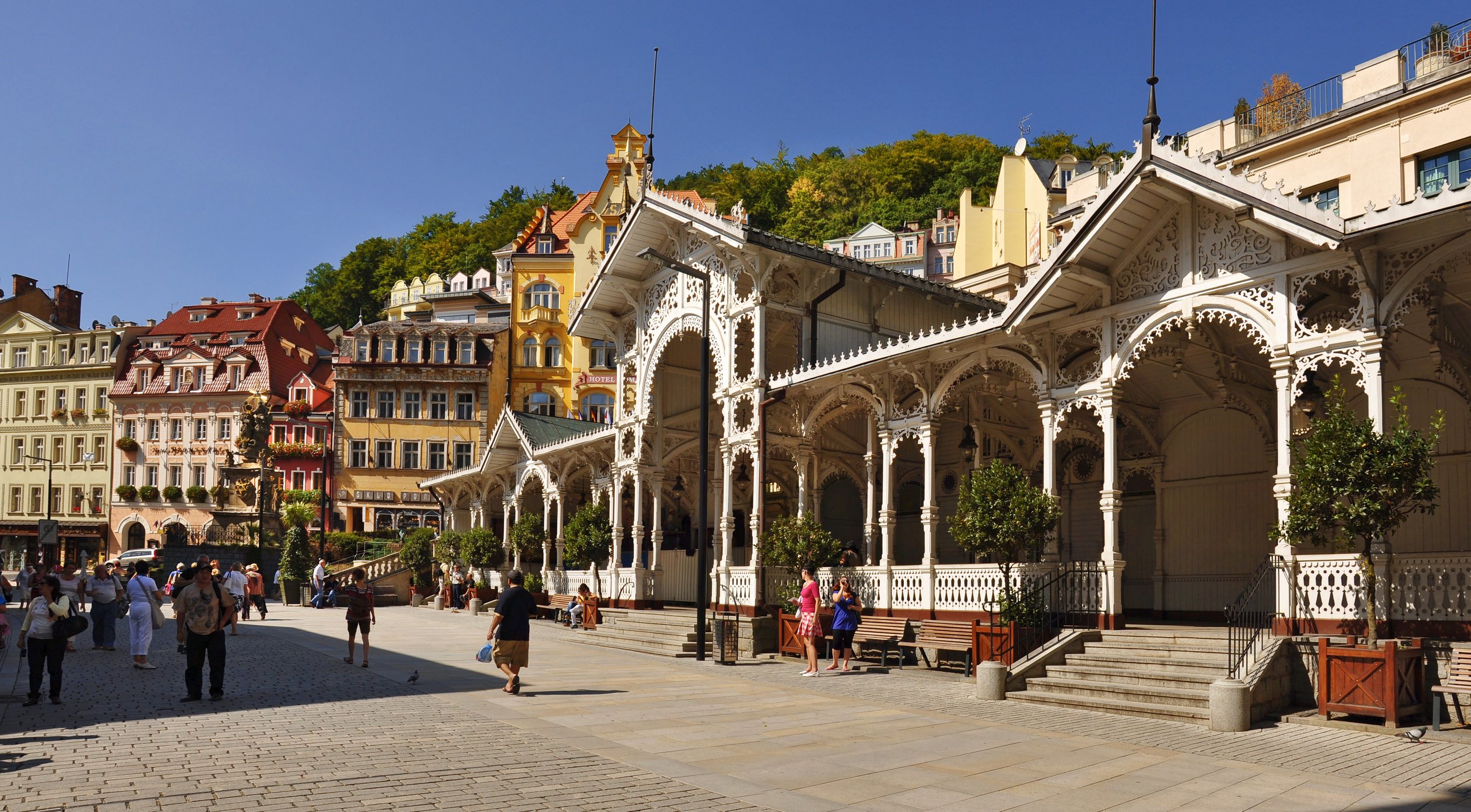
iv) To be an outstanding example of a type of building, architectural or technological ensemble or landscape
The property is an outstanding example of a new urban typology – the ‘spa town’ – a configuration of high-quality architecture, town planning and landscape design, arranged according to the physical location of natural mineral springs, and inextricably entwined with the cultural evolution of ‘taking the cure’ and modern tourism.
vi) To be directly or tangibly associated with events or living traditions, with ideas, or with beliefs, with artistic and literary works of outstanding universal significance
As transnational vectors of social, political and artistic ideas, the property reflects the religious and social freedom of the Enlightenment, helping to shape Europe. Spa towns were sources of artistic patrons and inspiration for works of universal significance.
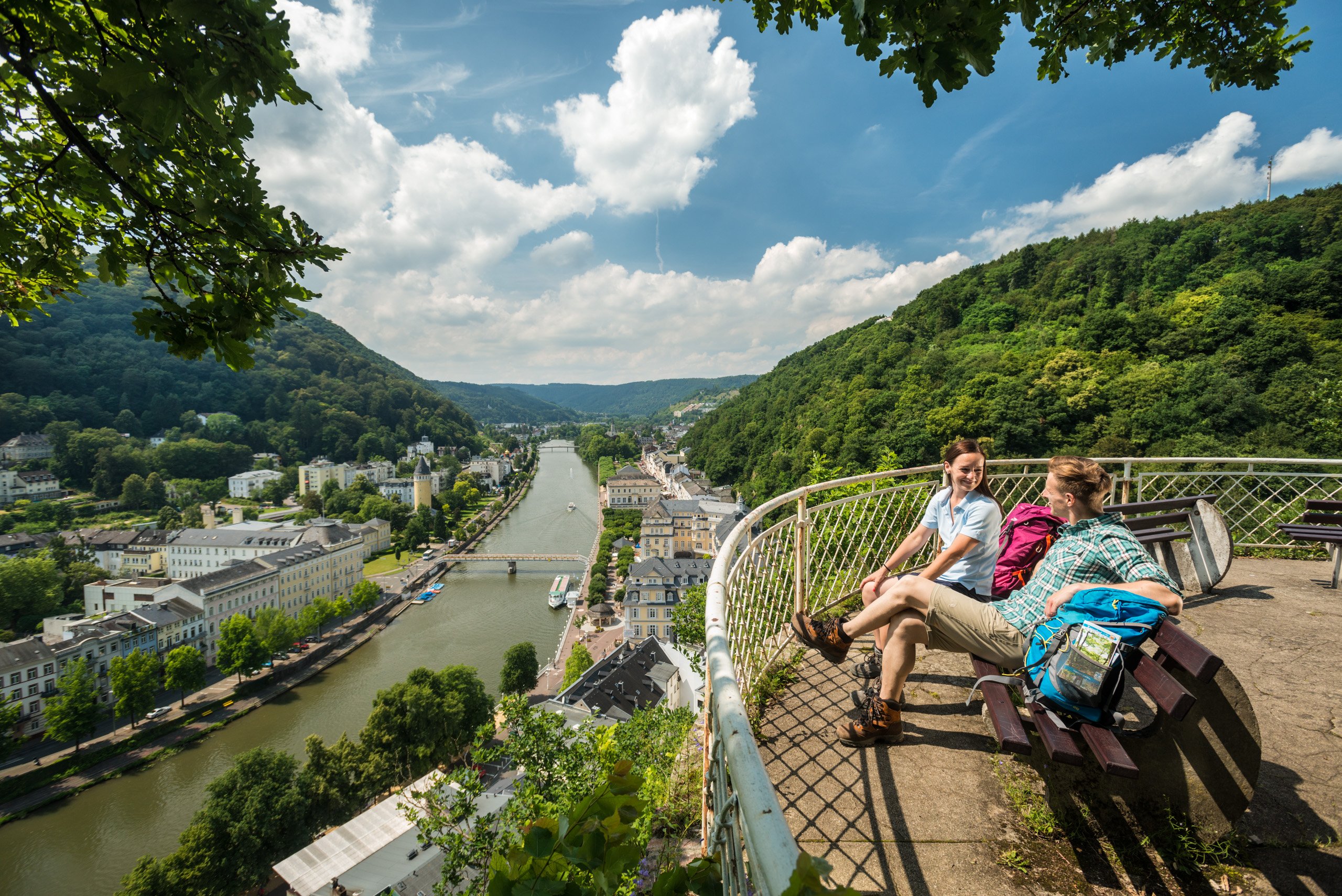
Share this via…


